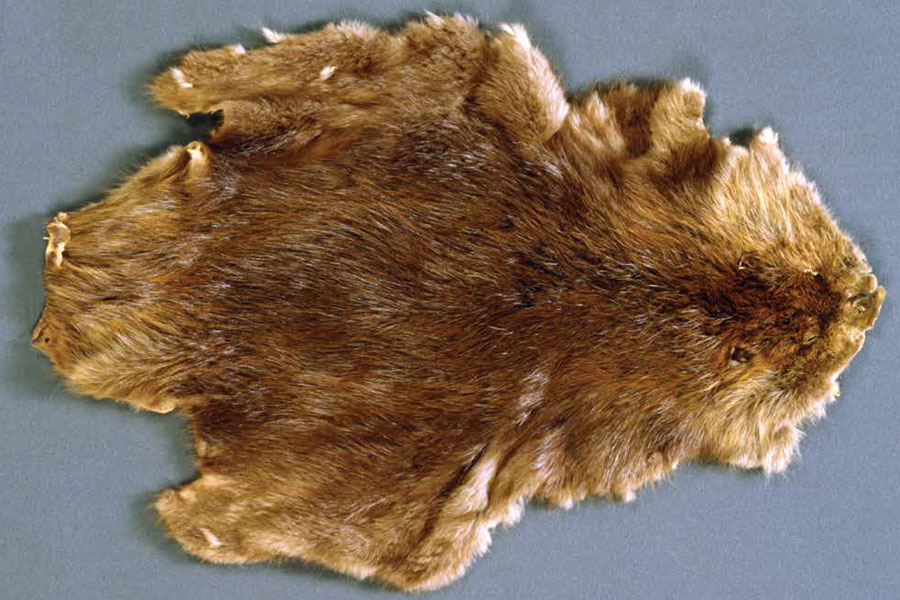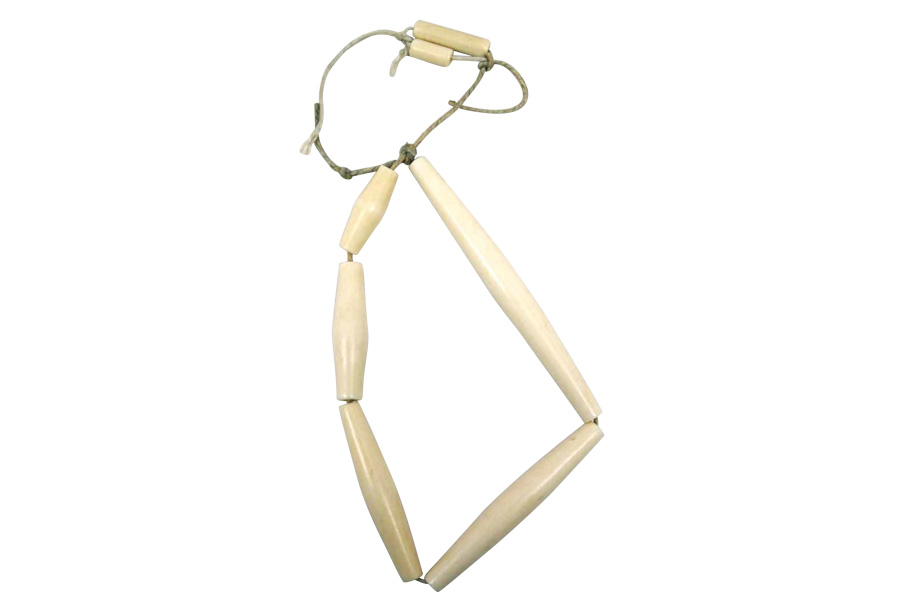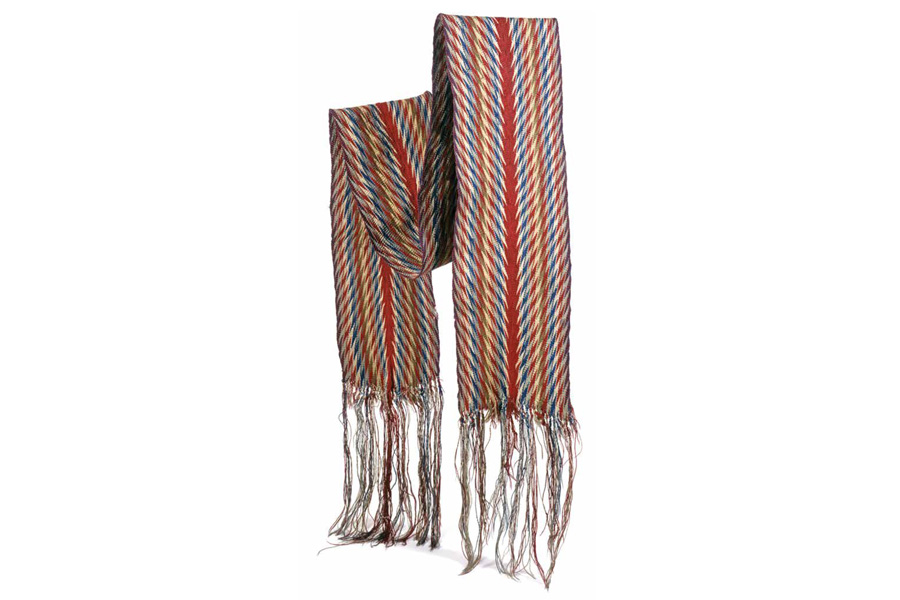Primary Source Packet: Objects of the Fur Trade
Temporarily out of stock

- Tanned beaver pelt. Created before 1959.
- Three tanned muskrat pelts. Created before 1959.
- Raccoon hide. Created between 1800 and 1899.
- Northwest fur trade flintlock musket. Circa 1800.
- Lead shot. Created between 1650 and 1837.
- Bow and arrow set. Created between 1800 and 1899.
- Trade axe head. Created between 1650 and 1800.
- Trap. Created between 1800 and 1900.
- Muskrat spear. Created between 1800 and 1837.
- Trade silver ear bobs. Created between 1750 and 1837.
- Silver trade bracelet. Created between 1825 and 1862.
- French glass trade beads. Created between 1620 and 1650.
- Bone trade beads. Created between 1700 and 1837.
- Beaver top hat. Circa 2015.
- Finger woven sash. Created between 1750 and 1800.
- Trade blanket capote. Created approximately 1880.
- Birch bark canoe. Created 1900.
- Hide stretcher. Created between 1800 and 1925.
- Spun brass kettle. Created approximately 1830.
- Carved hardwood burl cup. Created between 1775 and 1800.
- Ojibwe female cloth doll. Created approximately 1860.
- Lump of vermillion. Created between 1650 and 1837.


Tanned beaver pelt. Created before 1959.

Bone trade beads. Created between 1700 and 1837.

Trap. Created between 1800 and 1900.

Finger woven sash. Created between 1750 and 1800.
Academic standards alignment
The Objects of the Fur Trade Primary Source Packet is designed to engage your students and enrich their ability to read and analyze objects. Incorporating these objects, or adapting the questions and activities for other objects, into your teaching will help meet your curricular objectives and academic standards, whether they are content or skills related.
We have aligned this packet with state and national standards and benchmarks for grades 6–12. The link below outlines the standards alignment for this packet.
Academic Standards Connections
Related resources
- Library of Congress Using Primary Sources Guide
- Snake River Fur Post
- Mille Lacs Indian Museum and Trading Post
- Seth Eastman: Depictions of Native American Life (Primary Source Set from the Minnesota Digital Library)